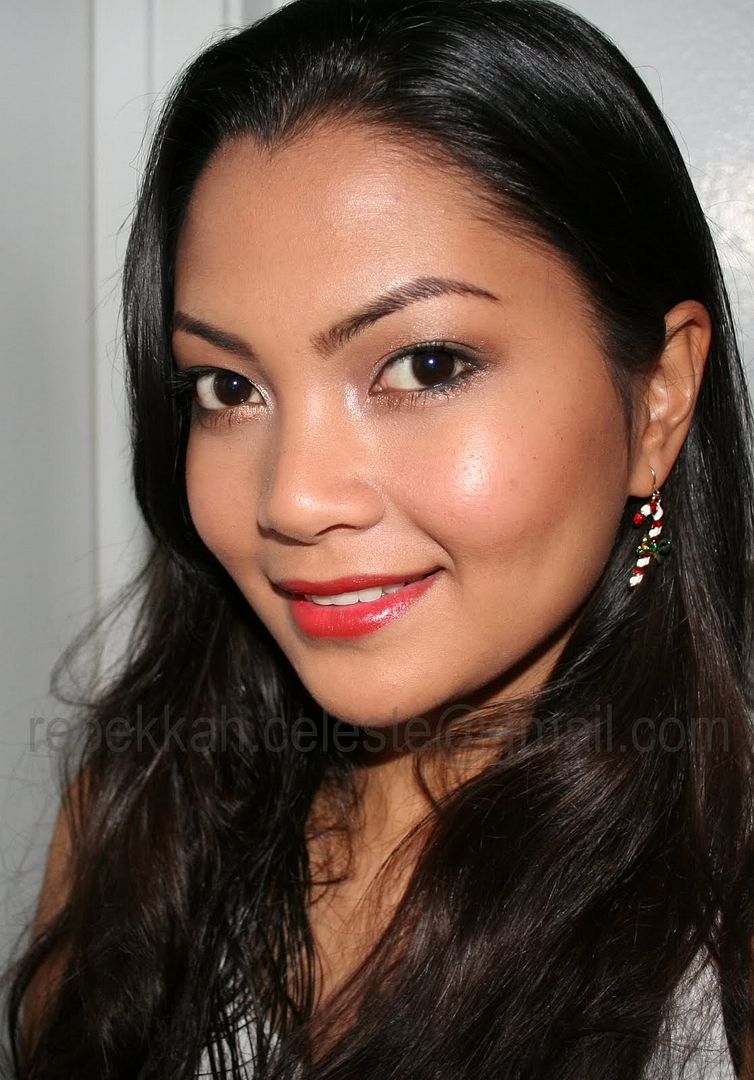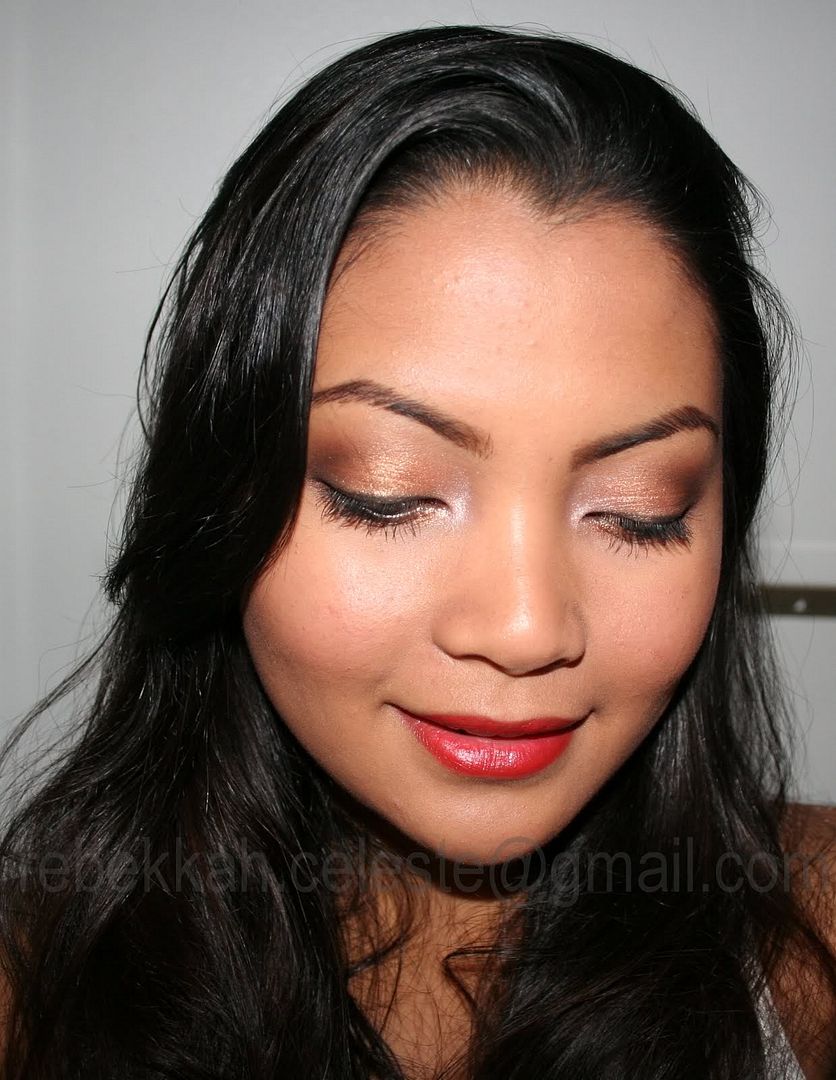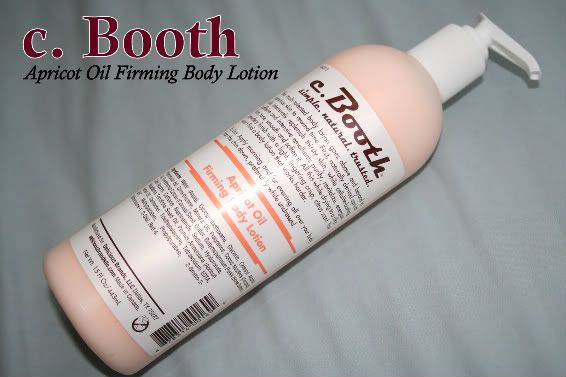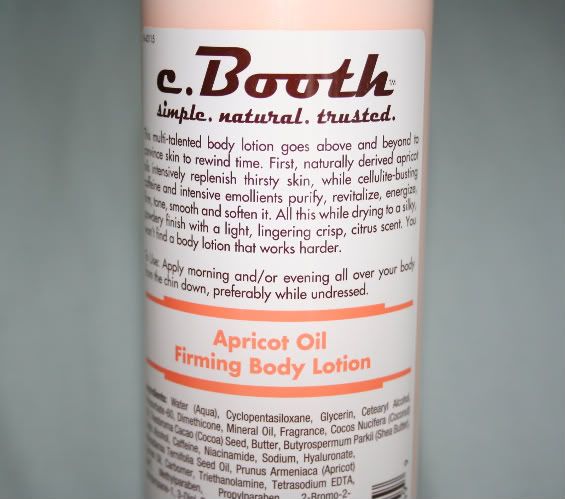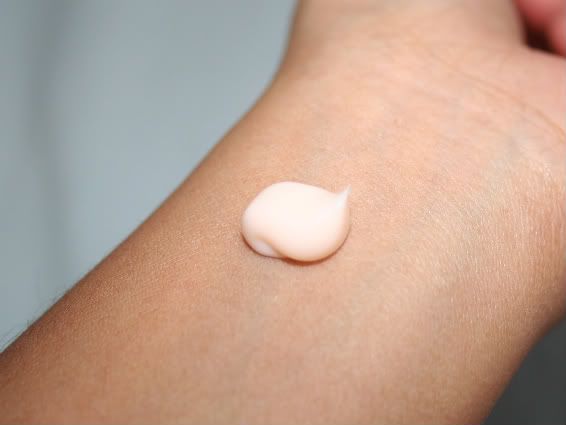INDIAN MAKEUP’S IMPECCABLE NEW MAKEOVER
M·A·C and Mickey Contractor. A little bit of the brights of Bollywood, a lot of the natural glamour of Hollywood, and definitely something that will fit in every woman‟s makeup bag today. All Ages, All Races, All Sexes, indeed. Mickey Contractor: Director of Makeup Artistry – India He’s a makeup artist who turns heads when he walks down a Bombay street, a talent who literally changed the face of Bollywood and he’s M·A·C Director of Artistry, India. He’s Mickey Contractor whose career started in an extraordinary way – by meeting a muse. As a young lad what came first were the movies. Watching films from age 10, he became transfixed by an actress whose onscreen persona was both cabaret dancer and vamp. At age 10 he may not have known the culture behind the looks, but he knew what fascination felt like. With eyes that flashed, hair that piled high above her head, feathers that rose cockade-like above her head, she was “awe-inspiring.” Her name was Helen Richardson Khan, Bollywood’s legendary “Helen.” Unlike traditional Bollywood queens, she was trendy. Of exotic mixed heritage, she found her inspiration in English glossies, and took to mimicking the trends of the ’60s and ’70s. The sexy eye liner flicks, the loose bouffant, the sense of sex and liberation. Young Mickey was drawn in. Something about the hairdo and the feather must have stuck, for upon leaving school Mickey went to work in a hairdressing
salon. Amid the perms and updos of Bombay’s stylish, there was one customer in particular who he was thrilled to work on,
Helen. One day, shampooing her hair, she asked him what he wanted to do with his life and suggested that he learn makeup.
Giving him some insider advice, she told him to go and assist a Bollywood makeup artist.
Mickey was hardly going to ignore his beloved muse. With no formal schools in makeup art in Bombay, apprenticing was the way to go. Unlike Western culture, makeup artistry in India was at that time a family profession and techniques were passed down father to son like family secrets. Because of this laissez-faire, no trends were created. Mickey, on the other hand, had no family connections and was an outsider. Finding a makeup artist willing to take him on, he was taught the basics in foundation. Assisting for eight months, he began to create his own tricks; after all, he had no family secrets to be the keeper of, he was
free to ad lib – and he did. His techniques became savvy and he started to develop a reputation. Stepping out, he initially
worked the provincial film studios, working on C-list movies – learning but financially barely scraping by. His kit was a mishmash of local brands of makeup and a few brushes he had bought from an art store. He was also inadvertently networking. The faces he made up in the provinces were also cast in Bollywood. Eventually he was asked to be the makeup artist for a trio of actresses. This was getting closer to his mission, but he was learning something about Bollywood, too – makeup artists weren’t esteemed. The combination of low pay and shabby treatment made Mickey react. A rebel with a cause, he quit and went to work in commercial advertising. There he earned more, and was allowed a different kind of creativity, one that was more receptive to trends. Finally, he had the freedom to create and develop his look. Dipping into six-month-old fashion magazines, he would look, see and reinterpret in his own style. As his reputation grew, Bollywood’s interest in him returned. Wooed by director Rahul Rawail, Mickey dug his heels in and
made unheard of contractual demands. Despite himself, he got the job. But there was no shrinking back to the status quo.
When the director screamed, he screamed back. He began to get a reputation. But if his screaming was loud, his work spoke
louder. Juggling Bollywood and commercial work, he attained an unheard of celebrity status in Bollywood and around Bombay: he became a makeup superstar. Movies meant location work and one year he found himself in Canada shooting a Bollywood film in the Rockies. On the way
home he popped into a makeup store in a shopping mall in Vancouver – M·A·C! Struck by the colors, he picked up something he never thought he could find; perfect nude lipsticks – M·A·C favourites Malt, Twig, and to this spontaneously added a deep burgundy Diva. Back home he experimented and got hooked. This was just the start. As his reputation grew and his fees increased, he built his M·A·C collection. With no source in India, he would pick it up here and there. In London he would buy a Cork Lip Pencil…Then next port of call he would dip into the browns, rusts, and coppers he would find in the eye shadow collection. He built his collection on one inspiration: the color spectrum of the Indian complexion. As his status rose, he began to influence a whole new generation of Bollywood makeup artists – and his fame outside the
country was growing, too. Scouted by M·A·C for their first store in Bombay, Mickey had no hesitation. He still does Bollywood and commercial work, but his work with M·A·C is a passion. Between M·A·C Master Classes round the world, in-store appearances, new store openings (after Bombay, there was Bangalore), Bollywood and its Award Ceremonies, and Delhi Fashion Week, he has little time for much else. His inspiration comes from the West…from the backstages of London, Paris, Milan, New York, and from the glossies, and where he needs to, he tempers them for the Indian taste and skin. As he says, “In India – unlike Paris – you don’t do looks that are so nude you look like you just got out of bed.” He may not realize it, but when he takes a trend, and modifies it, ever so slightly for the Indian market, he’s echoing his muse, Helen who in the ’70s looked at a photo in Vogue and copied it in her own way…And as for those art brushes, with which he learned the art of the liner, yes, he still has them – but only as keepsakes.
Mickey, how long have you been working with M·A·C?
It's been 32 years since I started working as a makeup artist and this is my 6th year with M·A·C. I’ve collaborated with the brand since they launched in India. M·A·C wanted to work alongside a makeup artist with credibility, experience, the ability to inspire who was also an authority of goodwill in the industry. So when they came to me and said, “We’d like you to collaborate with us, we’re opening a store in Bombay”: I thought, “This is a Godsend for me”. Working with M·A·C was an opportunity to really convey my vision. They have such incredible authority and influence in the industry and becoming a part of that was incredibly exciting to me.
Had you already been using M·A·C products?Yes, I'd been using M·A·C for years. I first discovered M·A·C when I was in Canada about 15 years ago where I bought
Twig, Malt and
Marrakech lipsticks. Those kinds of shades just weren’t available in India. In fact, so little makeup was available in India back then! I’ve been a huge fan ever since. What’s your beauty philosophy? For me, beauty is about a natural-looking woman who wears makeup, but wears it so cleverly that it doesn't actually show. She's also somebody who carries herself with a lot of confidence, not just someone who's pretty, but who also has a lot of character. For me…that defines beauty.
Who have been your creative influences throughout your makeup artistry career? I began my makeup career thanks to Indian Bollywood star and 60s Item girl, Helen. I also used to look at Linda Evangelista’s pictures in the 70s and 80s and be utterly inspired by her beauty. Linda, Christy Turlington, Paulina Poritzcova- they were the models who really inspired us because all we really got to see were advertising campaigns in the very few foreign magazines that were available to us.
You’re known as the Master of Modern Bollywood. How has Bollywood changed since you started working in it? In terms of makeup, by the 90s I had managed to influence Bollywood a lot. My whole idea was to try and minimize the old Bollywood way of makeup as much as possible – we used to be into panstick and pancake makeup, which looked really thick. I wanted it to look more modern, more real, more today, closer to what Hollywood does…because it makes it more believable. That was my contribution to this culture. I was doing a lot of movies at this time, so when people saw the makeup they realized what I was talking about and they all started to copy it. A lot of actresses would send their own personal makeup artists to see what I was doing and make them watch me. Most of the A-grade actresses were taking a lot of tips from me, asking what color foundation they should be using, what kind of look they should go with, etc.
You’ve said that the ‘no makeup’ look requires more effort than a full-on makeup look… how come?The “no makeup” look in India is about using everything you need to use but making it look like nothing! That’s the reason it’s so much more difficult, because your blending has to be perfect, the contouring need to be perfect, you have got to be able make an exact match to the color of the skin tone…it's very, very difficult. But the products and tools in this collection all work together to make achieving this look so much easier.
What have been your biggest creative challenges?It's taken me almost 20 years to take the Bollywood makeup “down” to what it is today. I’ve been saying “cut down on the makeup, cut down on the makeup” for many many years. Yet there are not a lot of women who are willing to change their makeup very quickly because it’s something they’ve been doing the same way for years. Since M·A·C brought me into the picture it was much easier, though, because I had many more products to play with, and of course M·A·C is an authority in the industry. As a Director of Artistry for M·A·C, people took me even more seriously.
You’ve already worked with M·A·C on product development in the past haven’t you? Yes, three years ago I created a few foundation shades for the Middle East and India, because so many people wanted to use M·A·C foundations yet felt that they couldn’t find the exact shade and tone they needed. They didn’t have enough yellow undertones in them, which caused them to appear grey on Indian skins. The foundations did so well that M·A·C realized that it was the right time to do a whole collection and expand on this.
What was your inspiration for this collection? My USP is skin. I am one of those makeup artists who focuses a lot more on the complexion and contouring rather than just color, so I wanted to split the collection into two parts: “Face” for creating the perfect skin and “Color” to add definition. The inspiration for this collection really came from what I felt Indian women needed. Pigmentation and discoloration problems around the mouth and under the eyes is something that most people in India have a problem with, so creating the concealers was really important to me. They really work to address these issues on any olive-based complexions and outside of India they’ll also work beautifully on Hispanic, Mediterranean and Middle-Eastern skins, which can also have similar issues with pigmentation. Because creating beautiful skin is always my priority as a makeup artist, I wanted to focus on that, as well as developing the best colors to accentuate it with.
Tell me a bit about the Face range…I do a lot of in-store appearances, whether that means promoting Viva Glam on World Aids Day or doing one-on-one appointments with the customers. When I meet these women and identify their needs, what it comes down to is that they all want the perfect shade of concealer. So, I created four new shades of Select Moisturecover Concealer that really are perfect for Indian women’s skin tones and anyone with an olive-based complexion. Select Moisturecover is by far my favorite concealer formula in the range. It’s texture works on all skins, even on more mature skins and really doesn’t cake up under the eyes. The double-ended color corrective concealer looks amazing.
How did you come up with this idea? This product is ideal for taking a concealer or foundation you already have to almost the exact shade for your skin. If it's too dark you mix some of the yellow in to make it lighter. For whiter skins the yellow also works beautifully to counteract the slight greyness or blueness that Western skin tones have. If it's too light you just add a couple of dots of the coral to it to make it darker, and the orangey tones neutralize the dark brown or red undertones that Indian skin often has. You can dab them on as color correctors and then wear your usual concealer over it.
How about the Color range? How does this reflect your signature style? I love using browns and earthy tones on the eyes, so I have designed an eyeshadow quad of my perfect neutral colors. I took existing shades of
Folie and
Carbon, to which I’ve added two new shades,
Viva (which means “marriage” – it was great to give the products Indian names), a new golden-y coppery brown, and
Jaan (which means “my life”). The name of the quad –
Athma – means “soul” because the colors in it really reflect the look that I am known for. I’d say it pretty much defines the makeup that I do in terms of color.
The lip products are gorgeous and so wearable… I always prefer to give attention to one feature, and my signature look is really a smoky eye with a mouth that’s really simple and neutral. You can use the lipstick with the gloss, or just one or the other to play around with getting the texture you want, but still have beautiful natural color. Of the lipsticks,
Yash (which means “fame”) is an almost nude-beige-brown and
Mehr (which means “grace”, also my wife’s name) is a pink-nude. Any brown tones read as nude on Indian skin, which on white skin will actually read as a stronger color, but these shades look beautiful on both skin tones.
The four single eye shadows are gorgeously strong shades. In particular, the bright pink is really striking. What led you to this vibrant color? Yes, they are. For example, in India a bright pink is known as Rani pink – Maharani’s in Rajasthan used to use a lot of strong bright pinks in their outfits, so I created the strong fuchsia eye shadow,
Rani, to reflect this. It looks a lot hotter in the palette than it does on your skin – you can wear it as a light wash if you’re delicate when applying it.
The two Fluidlines are very vibrant and unusual too? What inspired these?The Fluidlines came about because on the last few films I’ve worked on I’ve been using a lot more color. I reached a point where I thought that just gold and black would be boring so let’s use a little bit of color! To create shades like this bright turquoise and green I previously had to use an eye pencil and then put a powder shadow over it. Since everyone was coming to me asking how to recreate them, I thought “why not make it so they can have it in one pot and just paint it on?”
So, from neutrals in the quad to the brighter single colors, there’s something for everyone, then? Yes, between the quad and the singles you get the full spectrum of choice – a little bit of color and some neutrals, some matte and some frost. Of course there are so many wonderful colors in the existing line up, but I created what I felt were some of the M·A·C colors that were missing in my kit.
What was important to you in terms of texture? I like shadows with a little more pigment in them so that they have a very smooth application with great longevity and strength of color. The single eye shadows have more of a pearl undertone to them – Indian women do love to wear shine and frost. I really love the formulas that we’ve got to now. There was a lot of back and forth with the labs to get them exactly right, but they’re really amazing now!
How do you cope with the challenge of working in the excessive heat in India? It must be hard on you…and the makeup! It's a huge challenge to work in the heat. For years the majority of film studios in India weren’t air-conditioned, and even some today. If you were working outdoors, it was sometimes a nightmare as you could be working in conditions that would dry the skin and also melt the makeup. That’s why I’m so happy with the textures we created in this collection as they really do stand up to the heat with great staying-power and don’t look heavy on the skin.
Is having the opportunity to create your own line of products your dream? Of course I think it should be every makeup artists dream to create their own line of products.
Will these products work on everyone, not only Indian skin tones? Absolutely. These colors will work on almost everyone, not just Indian women, but particularly Hispanic, darker Mediterranean and Middle Eastern skin tones, too. Of course you can play with the shades and use them differently whether you're a makeup artist or a customer, but everyone will love them I’m sure!
What are your star products in the collection? The Select Moisturecover double-ended corrector is my star product. In terms of the color, the
Athma eye shadow quad is something I’ll use all the time, and I also really love the Lipglasses. I’ve finished almost all the final product testers that I have – especially the lipsticks and Lipglasses, which I'm using on a daily basis. I couldn’t be happier with the products that M·A·C has created for me. They’re all perfect.
Text courtesy:
Temptalia
























